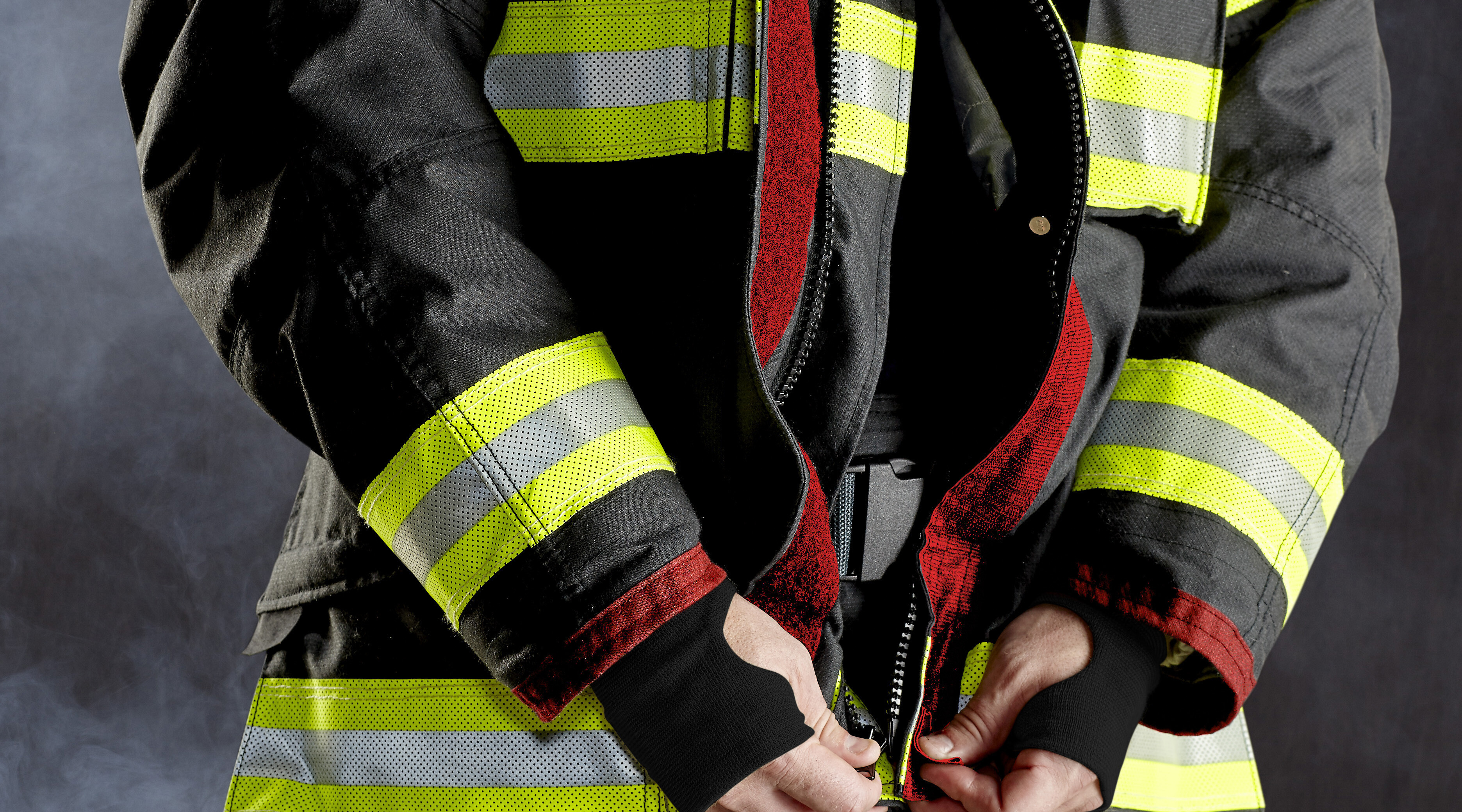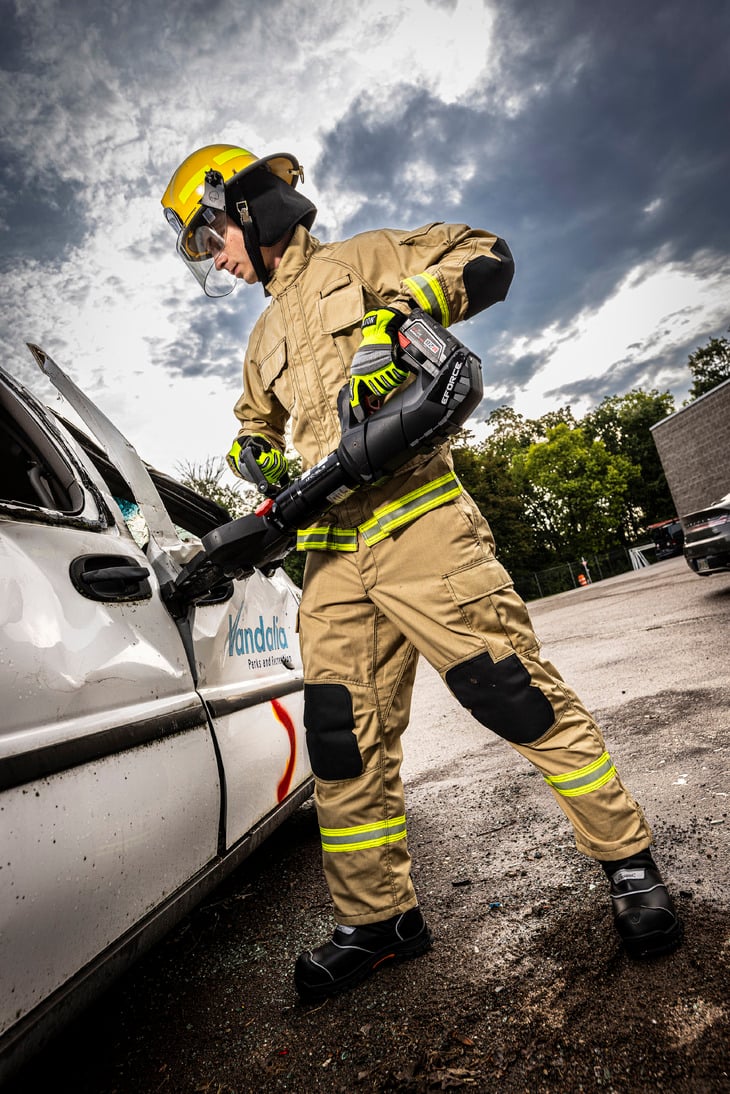A Look at Airline Emergencies and Innovative Fire Training Tools
Flying has become an integral part of our lives, allowing us to travel across the globe swiftly and efficiently. The airline industry has made significant strides in ensuring passenger safety, including preparing for emergencies such as fires on planes. Over the last two decades, there have been several incidents that required the use of fire extinguishers on airliners. In this blog post, we will explore some of these incidents and discuss innovative training tools like LIONS BullsEye and ATTACK Panels that enhance the readiness of airline employees and fire brigades to handle such emergencies.
Airline Emergencies: The Need for Fire Extinguishers
While flying is statistically one of the safest modes of transportation, emergencies can still happen. Fires on airplanes are a rare but potentially catastrophic occurrence. Over the past 20 years, there have been several incidents where fire extinguishers played a crucial role in preventing disaster.
-
ValuJet Flight 592 (1996): A fire caused by improperly stored oxygen generators led to the crash of ValuJet Flight 592 in the Florida Everglades, resulting in the loss of all 110 lives onboard.
-
Swissair Flight 111 (1998): A fire in the cockpit's wiring caused Swissair Flight 111 to crash into the Atlantic Ocean off Nova Scotia, Canada, killing all 229 people on board.
-
British Airways Flight 2276 (2015): A fire in the aircraft's left engine prompted an emergency evacuation in Las Vegas. Fortunately, all 170 passengers and crew survived.
These incidents highlight the importance of having well-trained personnel and effective fire extinguishing systems on board.
Training Saves Lives: Recent Incident at Tokyo Haneda Airport

In a recent incident on January 2, 2024, at Tokyo Haneda Airport, another example emerged of how training and quick thinking can make all the difference when a fire breaks out on a plane. A plane caught fire while on the runway, threatening the lives of passengers and crew. (Source: Reuters)
In this alarming incident, the aircraft's passengers and crew were faced with a potentially life-threatening situation as the flames engulfed the plane. However, thanks to the extensive training that flight attendants and airport personnel undergo, they were able to respond swiftly and efficiently. Firefighters, equipped with state-of-the-art fire extinguishing equipment, raced against time to contain and extinguish the fire.
While the incident is a stark reminder of the potential risks associated with air travel, it also serves as a testament to the effectiveness of thorough training and well-prepared emergency response teams. The quick and coordinated efforts of the airline's crew and the local fire brigade undoubtedly played a crucial role in preventing a tragic outcome.
Innovative Training Tools: LIONS Bullseye and Attack Panels
Effective training is crucial in preparing airline employees and fire brigades to deal with emergencies like onboard fires. Traditional training methods often involve simulators that don't fully replicate the conditions of an actual fire. That's where innovative tools like LIONS Bullseye and Attack Panels come into play.
-
LIONS Bullseye: LION's BullsEye is a digital fire extinguisher training system that allows fire extinguisher training to occur in any location including inside the cabin, cockpit, or luggage compartment of an airplane. Using digital tools including proximity sensors, lasers, light panels and extinguishers that feel and act like real extinguishers, arlines are able to train staff on how to use the fire extinguishers on a plane to help save lives by triaining where an incident is likely to occur.

-
Attack Panels: Attack Panels are another valuable tool in the arsenal of aviation training. These panels replicate the cockpit controls and systems found in real aircraft. They enable crews to practice responding to various emergency scenarios, including fires, in a controlled and safe setting. Attack Panels enhance muscle memory and decision-making skills, ensuring a rapid and effective response in critical situations. An attack panel can respond to both digital signals or can be use with an actual hoseline while flowing water, making it a particularly useful tool for airport emergency and fire brigades to practice in locations where they otherwise might not be able to use for training, like inside an actual airplane or aircraft hanger.

Advantages of Realistic Training
Training in a spot where the emergency is likely to occur is a powerful tool in effective training. Here's why LIONS Bullseye and Attack Panels are game-changers in airline emergency preparedness:
-
Realistic Scenario Practice: These tools create a lifelike training experience that closely mirrors real emergencies, enhancing the participants' ability to respond swiftly and effectively.
-
Reduced Risk: Traditional fire training can be risky, but with these innovative tools, there's no danger of causing actual damage or injuries during training exercises.
-
Confidence Building: Regular practice in realistic scenarios builds the confidence of airline employees and fire brigades, ensuring they are well-prepared and composed in the face of adversity.
The airline industry continues to prioritize safety and preparedness in the face of emergencies, including fires on planes. The recent incident at Tokyo Haneda Airport is a stark reminder of the importance of training and quick response in saving lives during emergencies. In conjunction with innovative tools like LIONS Bullseye and Attack Panels, training empowers airline personnel and fire brigades to respond confidently and efficiently, ultimately enhancing the safety of air travel for all passengers and crew.
Popular posts

.jpg)



-1-1.jpg)
